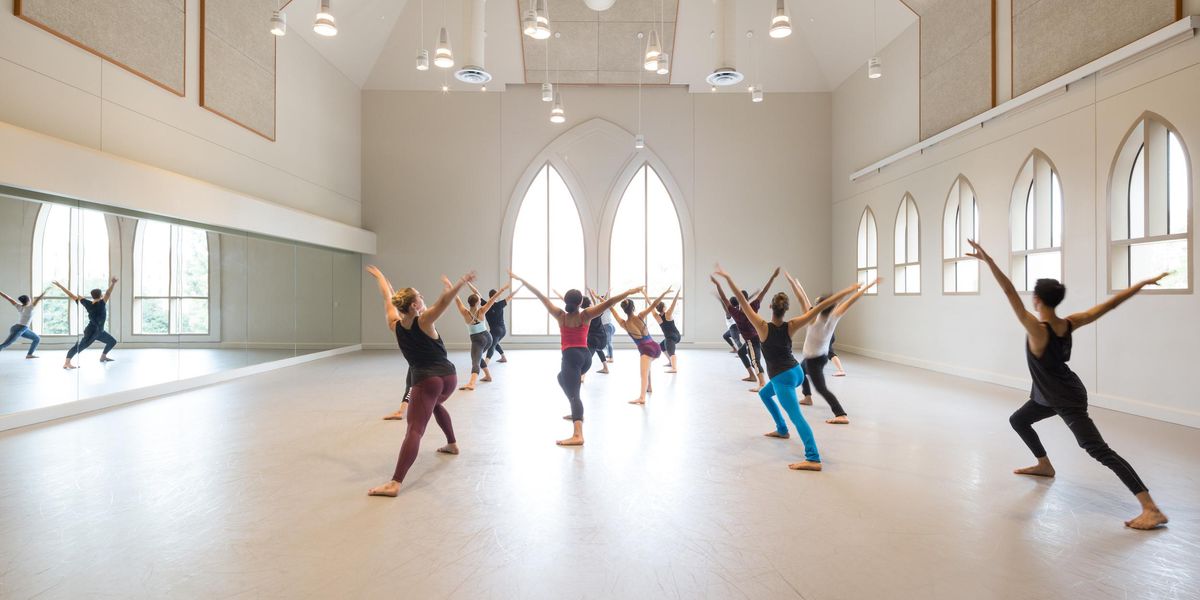Why I Dance: Sarah Lane
Dancing with authority and poise, American Ballet Theatre soloist Sarah Lane has made her mark in roles that range from Aurora to Vera in Ashton’s
A Month in the Country. She began ballet classes as a child in Memphis, and continued her studies with Timothy Draper at the Draper Center for Dance Education when her family moved to Rochester, New York. She joined ABT as an apprentice in 2003, and became a soloist in 2007. Her technical mastery has also brought her acclaim in contemporary works by Tharp, Morris, Elo and others. During ABT’s upcoming spring season at New York’s Lincoln Center, she will dance leads in Coppélia and Theme and Variations.
I started dancing at the age of 4.
Unlike many, I was never inspired to start because I saw a dance film or performance. I didn’t go to a full-length ballet until I was 16. I was just in my own world, doing something that I truly loved. There were even times that I needed to be brought back to earth. My teacher, the late Timothy Draper, once said, “Sarah, the lights are on, but nobody’s home!”
I’ve never been a frivolous girl. I spent my early childhood living in the country outside of Memphis, Tennessee. I was a regular hillbilly along with my two younger brothers. We rode the neighbor’s horses, picked cotton in the cotton field and smashed pennies on the railroad tracks. I had a creative side, though. I wrote poetry and I liked to sing. My brother, Micah, would drum away on a plastic bucket while I tried to carry a tune.
My parents were very involved in contemporary Christian music and that was the primary influence that led me to dance. My dad was a sound engineer for several artists in that genre. It was something that he was passionate about and it was contagious. I understood in a sincere and personal way what worship was. It’s being humbled by a grace that is far more exquisite than anything you can imagine. For me, worship is doing what I do to honor something greater than myself. My first ballet teacher, Pat Gillespie, was religious as well. She instilled in me a deeper meaning for dancing and connected the dots between music, ballet and faith.
Another part of dance that drew me in was acting. When I was young, I would play make-believe with my brothers. Becoming a character onstage at this point in my life is still fun, but it is not a game anymore. Developing a persona requires a constant thought process that melds my own experiences and feelings with those of the character I’m dancing.
At times, of course, I doubt myself. Life is not easy and neither is ballet. I’m a perfectionist, which has not always been to my advantage. I get frustrated when I don’t measure up to my own standards. Perfectionism can be a trap: I understand now that the process every day is more important than the finished product.
I appreciate my craft more and more as I get older. As the late, great Frederic Franklin said, “It is a privilege to be a dancer.” What dancers experience goes beyond what words can express. To put it feebly, it is the ability to set your soul free in a moment that can’t be captured or replicated. It’s being real and vulnerable enough to share who you are as a unique human being. It’s believing that imperfection can still create something beautiful. There is so much in life that motivates me now in my dancing. I find inspiration in the love I share with my husband, the laughs I have with my brothers and my niece, in how happy my two dogs get when I come home.
What we do as dancers is very different from the Hollywood version of ballet life. Ballet is more than steps, or pyrotechnics. When I finally saw that first ballet, it was Amanda McKerrow as Giselle at the Metropolitan Opera House. What I took away with me I can’t explain, but it was something special. I want to give that to others; true ballet can give that to others. That is why I dance.
Photo: Sarah Lane as Aurora in ABT’s
Sleeping Beauty. By Rosalie O’Connor, Courtesy ABT.




